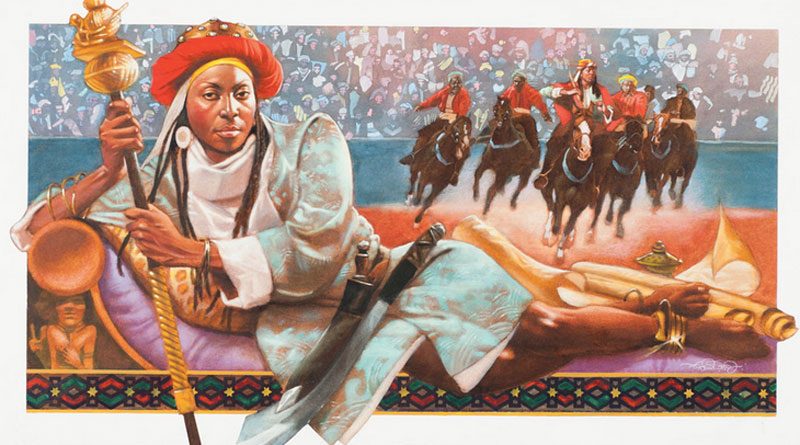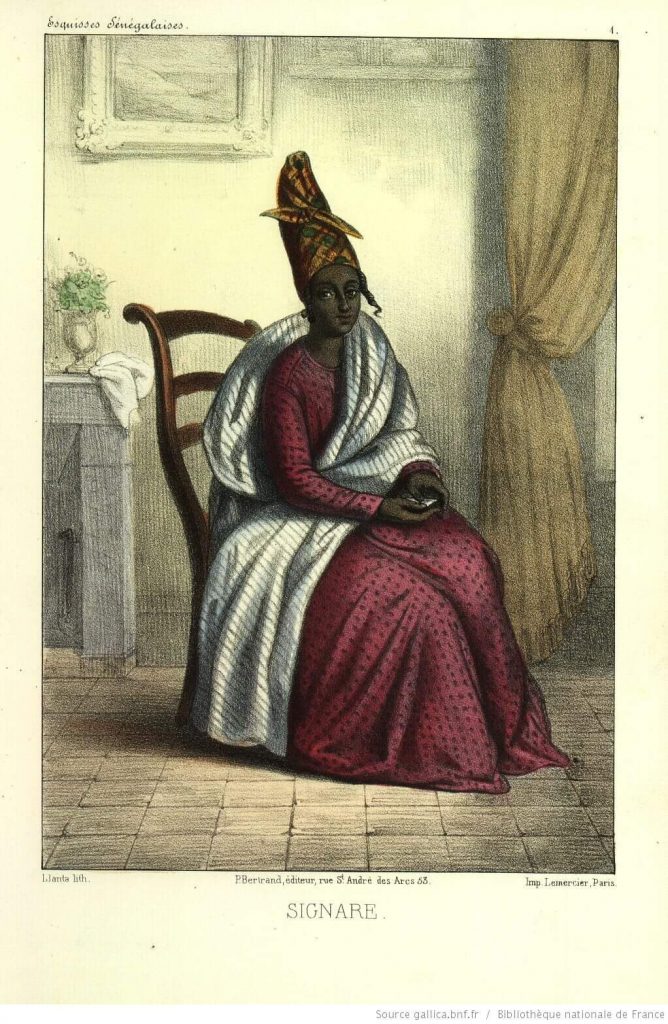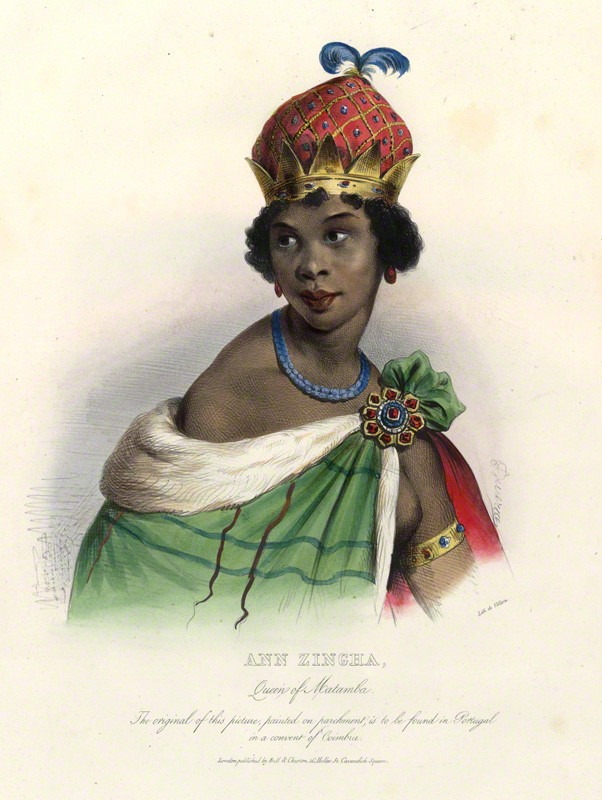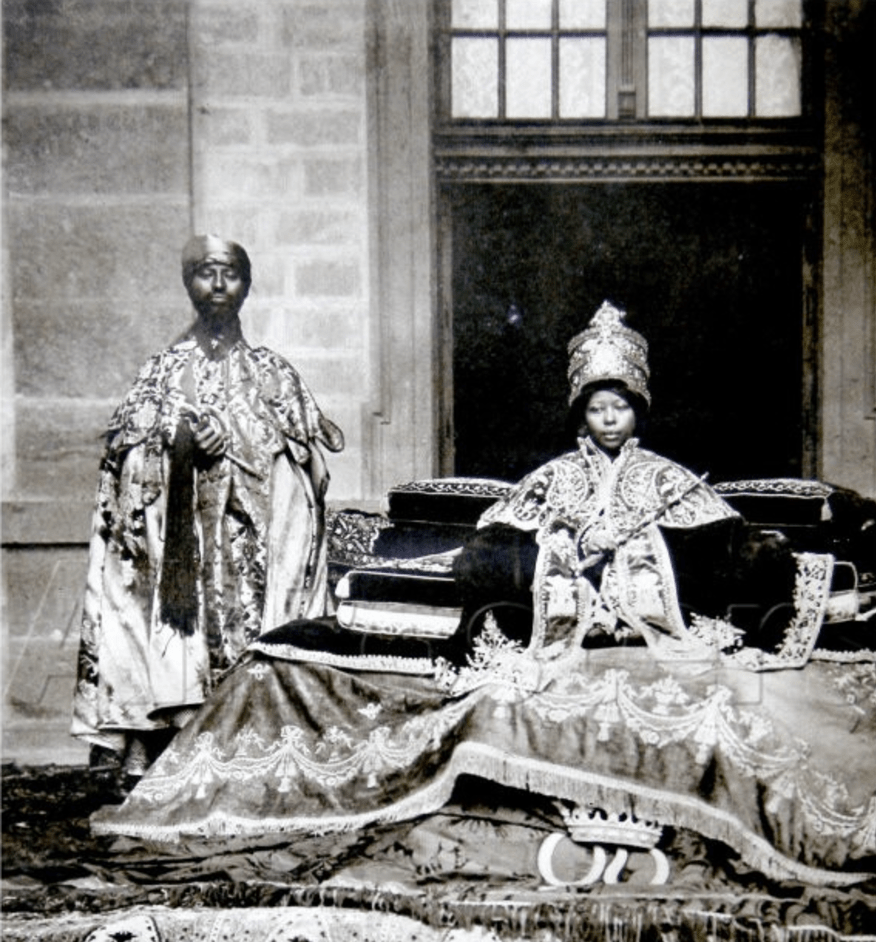Despite their wide-ranging impact, many ancient African queens have yet to receive mainstream attention.
African women are under-documented in history. Female African leaders even more so. Studies have shown that, across Africa, colonialism both disrupted and stifled the roles of women in society. The list below outlines women who took up powerful positions in ancient African societies. Such women were certainly flawed but still figures who left indelible marks on their societies. Despite their wide-ranging impact, many ancient African queens have yet to receive mainstream attention. This list is by no means exhaustive and can be approached as a starting point for further research and reading.
Queen Amina
E. J. ARNETT
‘A HAUSA CHRONICLE’
JOURNAL OF THE ROYAL AFRICAN SOCIETY,
VOL. 9, NO. 34 (JAN. 1910), PP. 161-167 (AVAILABLE HERE)
Queen Amina was born in the 1500s into a royal Hausa family and served as the ruler of the powerful state of Zazzau, now located in modern-day Zaria, Nigeria. Her mother, Queen Bakwa, was the 22nd ruler of Zazzau. As a child, Amina’s interest in politics began when she started attending royal court sessions. She gained experience in governing and in resolving conflicts. When she became a teenager, her mother, Queen Bakwa, appointed her the ‘magajiya’ Zazzau (heir to the throne)—Amina wouldn’t be queen until her uncle, the regent, died in 1576.
After becoming queen, Amina gathered an army of 20,000 soldiers and acquired several non-Hausa states, including Nupe, Bauchi and Yauri. She ruled for more than 37 years and is credited for creating the first formal government in Hausaland. The Amina walls called Ganuwar Amina in Zaria and Katsina States in Nigeria were built during her reign to mark her territory when the trans-Saharan caravan trade thrived.
Queen Yaa Asantewa
T. C. MCCASKIE
‘THE LIFE AND AFTERLIFE OF YAA ASANTEWAA’
AFRICA: JOURNAL OF THE INTERNATIONAL AFRICAN INSTITUTE
VOL. 77, NO. 2 (2007), PP. 151-179 (AVAILABLE HERE)
HARCOURT FULLER
‘COMMEMORATING AN AFRICAN QUEEN: GHANAIAN NATIONALISM, THE AFRICAN DIASPORA, AND THE PUBLIC MEMORY OF NANA YAA ASANTEWAA, 1952-2009’
AFRICAN ARTS
VOL. 47, NO. 4 (WINTER 2014), PP. 58-71 (AVAILABLE HERE)
Yaa Asantewa was born in the 1840s. She was Queen Regent of Edweso, a state in the Ashanti Empire, now located in the Ashanti Region of modern-day Ghana. The Ashanti Empire was a confederation of states rich in gold and other valuable mineral resources.
As early as the 1600s, the empire had been trading gold and enslaved people for weapons from Europeans. By the mid-1800s, British colonial powers had gained control of the coastal parts of modern-day Ghana and were looking to expand further. Nana Prempeh I, the Asantehene (king of the Ashantis), turned down a proposal to turn the empire into British territory in 1891 which led to him and his mother, Yaa Akyaa, being captured and banished to the Seychelles Islands in 1896.
In 1900, a British officer, Sir Frederick Hodgson, wanted the ancient throne of the king called the ‘Golden Stool’. The stool was one of the most sacred symbols in the kingdom. On learning of the possible theft of the Golden Stool, Yaa Asantewa assumed the role of commander-in-chief of the Ashantis and rallied 20,000 soldiers to defend the Golden Stool and the sovereignty of Ashanti. Under her leadership, the Ashanti army were able to secure their capital, Kumasi, against British forces and trapped Hodgson and his aides in a British fort in Kumasi, for over three months.
In 1901, British forces recaptured the fort in Kumasi, imprisoned Yaa Asantewaa and her generals, and later exiled them to the Seychelles Islands to join Nana Pempeh I and other rebellious royals. She died in exile in 1921. Despite her exile, Yaa Asantewaa is recognized for preserving the pride, culture, and identity of the Ashanti people. She is still revered around the world as a symbol of anti-colonialism and strong female leadership.
Queen Ndaté
BOUBACAR BARRY
‘THE KINGDOM OF WAALO : SENEGAL BEFORE THE CONQUEST’
NEW YORK : DIASPORIC AFRICA PRESS, 2012 (AVAILABLE HERE)
UTE GIERCZYNSKI-BOCANDÉ
‘WOMEN IN SENEGAL’S POLITICS AND SOCIETY’
KAS INTERNATIONAL REPORTS, 2013 (AVAILABLE HERE)
Ndaté Yalla Mbodj was born in the 1810s to King Amar Mbodj and Queen Fatim Yaye Mbodj of the Waalo Kingdom (now part of Senegal). Ndaté was also Waalo’s last queen before the French conquered the kingdom in 1855. In 1846, she took the throne from her sister, Njömbot Mbodj. Although her husband, Maaroso Tassé, was the official monarch, Ndaté was highly respected and also commanded the Waalo army. During her reign, she waged a fierce campaign against French colonization.
In 1847, Ndaté refused to allow the Sarakolé people (a rival tribe) to freely travel through Waalo, blocking the tribe’s trade with French authorities in the colony of Saint-Louis. In 1854, a new governor of Saint-Louis, General Louis Faidherbe, was determined to conquer Waalo and dethrone Ndaté. After months of resistance, in 1855, Waalo fell during the ‘Battle of Dyubuldu’. Fearing for her safety and finding out that her son had been captured in battle, Ndaté went into self-imposed exile in the kingdom of Kayor (also in Senegal).
Queen Nzinga
JOSEPH C. MILLER
‘NZINGA OF MATAMBA IN A NEW PERSPECTIVE’
THE JOURNAL OF AFRICAN HISTORY
VOL. 16, NO. 2 (1975), PP. 201-216 (AVAILABLE HERE)
Queen Nzinga was the ruler of the Ndongo and Matamba kingdoms (located in present-day Luanda, Angola). Born in 1851, Nzinga was the eldest daughter of King Mbandi. Nzinga participated in the political and military affairs of her kingdom as a child. When her father died, and her brother became king, the Portuguese invaded their kingdoms with plans to expand the slave trade business.
In 1622, Nzinga was assigned by her people to negotiate with the Portuguese after her brother was driven away from the kingdom. Among the Portuguese, Nzinga got baptized and adopted the Christian name, Ana de Sousa. Ultimately, the Portuguese did not listen to Nzinga and continued capturing and enslaving her people.
Nzinga became regent following her brother’s suicide. Even after Nzinga became queen of Ndongo, the Portuguese failed to acknowledge her sovereignty leading to a war. Nzinga fled to Matamba, rose through the ranks and declared herself queen while also controlling affairs in Ndongo. On several occasions, she tried to negotiate her return to Ndongo with the Portuguese, but was not successful.
In 1641, she formed a relationship with Dutch traders, who would later help her defeat Portuguese forces and win back her throne in Ndongo. In 1657, the Portuguese finally agreed to recognize Nzinga as the queen of Ndongo and to stop interfering with the internal affairs of the kingdom. In exchange, Nzinga agreed to allow Christian missionaries into her land. For most of her life, Queen Nzinga fought against the Portuguese occupation of Ndongo. She is remembered for being a skilled soldier, diplomat, and a fierce protector of her kingdom and people.
Empress Zewditu
MONICA PALMERI
‘MUTILATION OF POLITICAL POWER: SPOLIA EXHIBITING AS SYMBOLIC STRATEGY’
MODOS REVISTA DE HISTORIA DA ARTE, 2018 (AVAILABLE HERE)
EZEKIEL GEBISSA
‘REVIEWED WORK: PROWESS, PIETY AND POLITICS: THE CHRONICLE OF ABETO IYASU AND EMPRESS ZEWDITU OF ETHIOPIA (1909-1930) BY GEBRE-IGZIABIHER ELYAS, REIDULF K. MOLVAER’
NORTHEAST AFRICAN STUDIES
NEW SERIES, VOL. 3, NO. 1 (1996), PP. 129-131 (AVAILABLE HERE)
Empress Zewditu was born in 1876 and was the empress of Ethiopia from 1916 to 1930. She was the first female head of an internationally recognized country in Africa in the nineteenth and twentieth centuries, and the first empress regnant of the Ethiopian Empire. Zewditu was also the last Empress regnant in world history. Zewditu was known for her staunch conservatism and religious devotion and her ambivalence towards state matters. Her rule was mostly symbolic because her regent Ras Tafari Makonnen (future emperor Haile Selassie) handled official state affairs.
During her reign, Zewditu promoted the Ethiopian Orthodox Church and built numerous new churches and temples throughout the Empire. She also allowed Mekonnen to abolish slavery and lead the Ethiopian Empire into the League of Nations. Zewditu died two days after her husband was killed in battle. Having no surviving children, she was succeeded by Ras Tafari Makonnen, who upon becoming Emperor was renamed Haile Selassie⎈
Recommended Reading
Here are some Republic articles and interviews to read inspired by Funmilayo Ransome-Kuti and pioneering Nigerian women:
The views, thoughts, and opinions published in The Republic belong solely to the author and are not necessarily the views of The Republic or its editors. We want to hear what you think about this article. Submit a letter to the editors by writing to [email protected].







